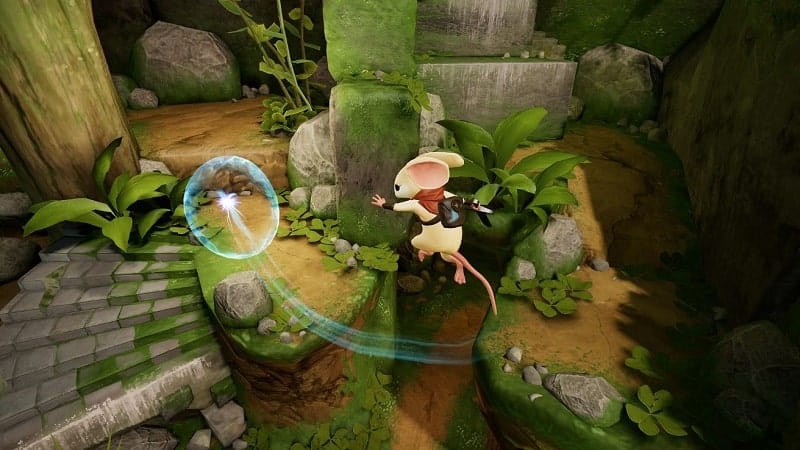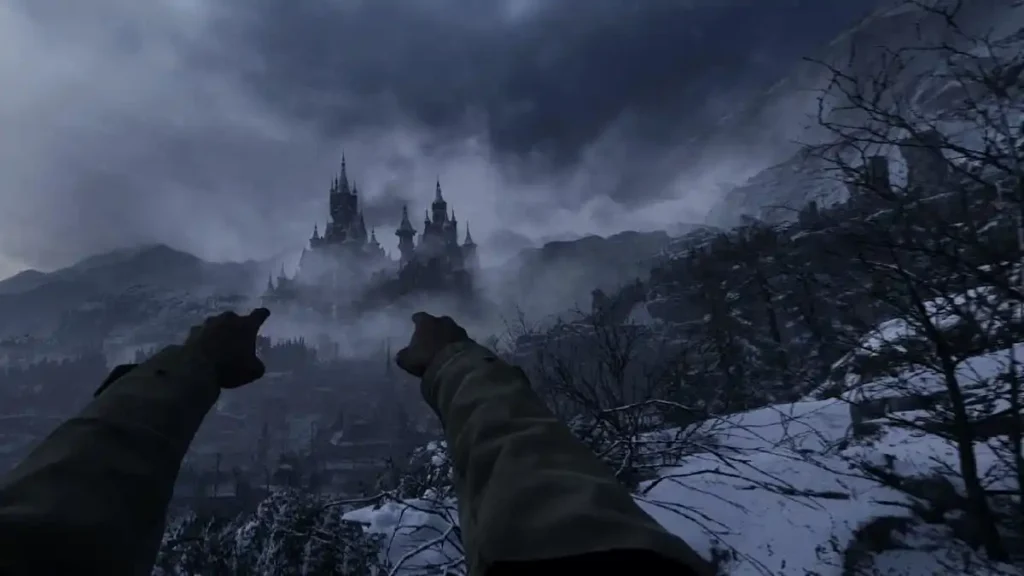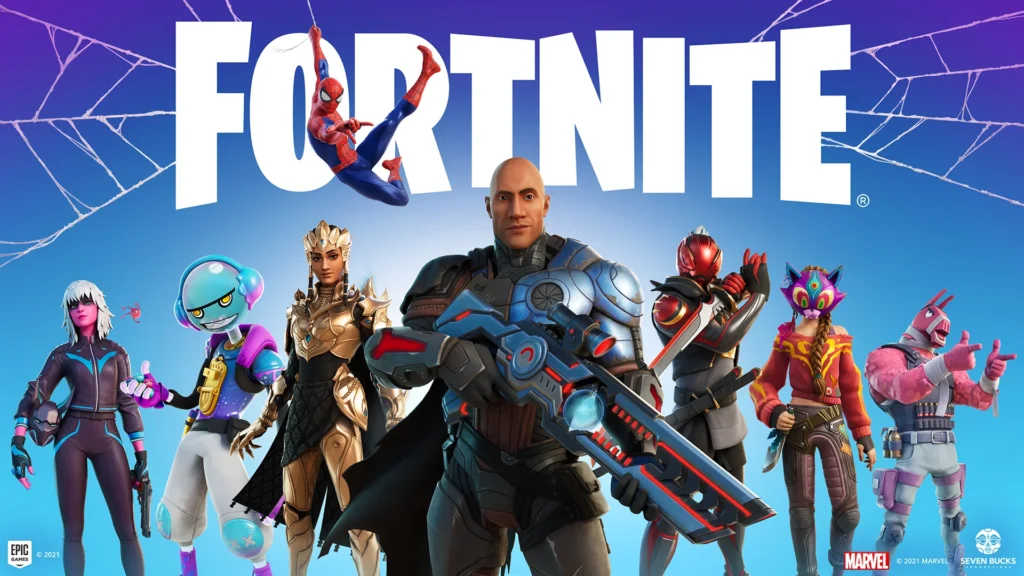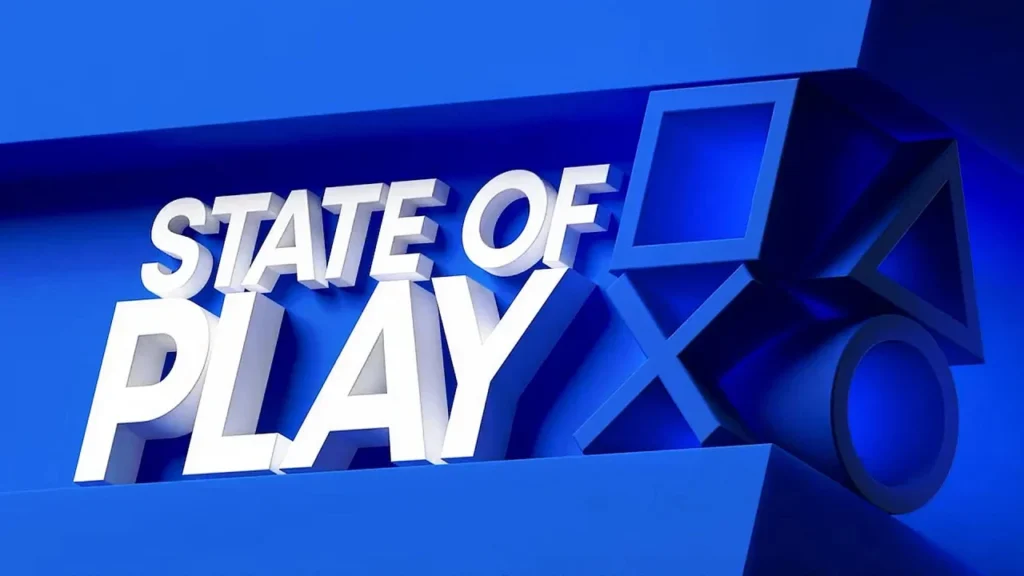The PlayStation VR2 is a promising yet underwhelming development in the virtual reality market. While the device is well-designed, lightweight, and straightforward to set up, it still struggles with the same issues that have hindered VR from becoming mainstream, such as a lack of compelling content and distracting image quality despite a new 4K OLED display. Although it’s the best VR headset available, I hesitate to recommend it to anyone who isn’t already invested in the technology.
The original PSVR was one of the first VR headsets accessible to consumers, with an emphasis on simplicity and ease of use. Although it relied on outdated Move controllers and a camera mounted on a TV, it demonstrated that VR had potential in gaming.
The PSVR2, announced last year, boasts impressive specs and a $550 retail price that strikes a balance between entry-level and high-end devices. It features a 4K OLED screen, inside-out sensing, and improved controllers, making it a top contender in the VR market.
Despite its strengths, the PSVR2’s limitation as a single-platform device and lack of meaningful hardware compromises make it difficult to recommend, despite offering a variety of games on day one, including a Horizon: Zero Dawn spinoff and Resident Evil title, as well as others in less intense genres.
Although VR gaming can be a magical experience, it still involves several compromises. Even when the technology is seamless and immersive, VR often feels artificial and uncomfortable, like sitting under a blanket and looking at a 3D TV through a screen door. When I tried on Sony’s latest VR headset, I couldn’t help but feel disappointed that the experience still felt this way.
Some may accuse me of being a hater, but in reality, I am rooting for VR to succeed. I tried on the duct-taped Oculus prototype many years ago and immediately saw its potential. However, even after a decade, I still only see a fraction of that potential in current VR technology. It’s not enough for me to recommend that someone spend a significant amount of money on it unless they are willing to overlook its shortcomings.
That said, I don’t want to dismiss the PSVR2 altogether just because it’s part of a developing ecosystem. There are some things that the PSVR2 does well, and it’s worth discussing those.
The headset itself is aesthetically pleasing, lightweight, and doesn’t occupy much space when not in use. The controllers may be initially perplexing and contorted, but they eventually become comprehensible. The PSVR2 is meticulously designed and assembled, with careful consideration given to every detail.
In addition, the setup process is remarkably straightforward. It’s the simplest VR installation I’ve encountered. Connect the headset to your PS5‘s USB-C port and follow the step-by-step instructions for donning it, adjusting the fit, button functionality, and syncing the controllers (which requires merely pressing the PS button).


The PSVR2 makes setup a breeze with its automatic play area detection and easy-to-follow tutorial. Using the passthrough mode, which provides a real-time view of your surroundings, the headset builds a play area around you that you can modify with a beam from your controller. The built-in gaze detection is also a convenient feature, with quick and simple setup that only takes 20 seconds. Although it may not be precise enough for some games, it’s still accurate and highly responsive in other ways. For instance, while the crosshair in Rez:Infinite was frustratingly just out of reach for me, I was still able to successfully navigate the first two areas.
After entering a game, you will encounter some usual choices, such as whether to use gestures or the analog sticks for movement. Initially, I chose gestures until I discovered in Horizon: Call of the Mountain that the gesture for moving forward involved pressing down buttons on both controllers and rapidly moving my fists up and down. It was so ridiculous that I burst out laughing and immediately switched to the sticks, which were not much better. VR movement still remains a challenging issue.


The controllers’ precision and quick responsiveness are undoubtedly the most remarkable features of the PSVR2. Despite the controllers resembling fake and cartoonish hands, the seamless feedback of motion and rotation effectively deceives your mind without any jittery or glitchy effects. This is why climbing is the core of the Horizon game – it transforms clumsy movement into an organic and enjoyable experience. The game seems absurd on level ground, but becomes genuinely exhilarating on steep cliffs.
The VR display of the PSVR2 is impressive, especially when compared to other VR displays. The OLED panel delivers vivid and bright colors, and the darks are deep. The motion is also seamless, running at a full 120Hz or interpolating a lower frame rate to match it. With a 110-degree field of view, the PSVR2 has a wider range than other headsets and avoids the feeling of tunnel vision. However, the vignetting is still prominent, which can sometimes cause a distraction.
Despite the display’s 4K resolution and 120Hz refresh rate, the physical limitations cannot be ignored. Due to the proximity of the screen to the eyes, with a complex Fresnel lens system in between, visual distortions such as shimmering, chromatic aberration, smearing, aliasing, vignetting, and eye fatigue are still present, as they have been in the past.
Just to clarify, the PSVR2’s visual quality is on par or even superior to other headsets currently available, particularly in terms of color richness and dimensionality. Nonetheless, it still falls short of what could be described as truly sharp, and requires a very narrow focal range to achieve maximum clarity. Additionally, as you move away from the center of the display, the clarity diminishes significantly.
It has been noted by other reviewers that having 2K per eye significantly reduces aliasing, which is true to some extent. However, it is far from completely eliminated and the end result, while convincing due to the depth, smoothness, and inherent quality of VR, still appeared blurry and rough to me. Regrettably, screenshots don’t accurately portray the actual experience.


When playing a game set in a detailed and immersive environment like the Horizon jungle, or in a stylized area of Rez or Moss, the screen door effect may not be as noticeable and you may be able to immerse yourself in the experience. However, in more static scenes where details can be scrutinized, the lack of clarity will become immediately apparent, especially for gamers accustomed to seeing ultra-crisp imagery on large 4K screens from a distance. It’s hard to imagine why anyone would prefer to watch a movie or play a standard game on the “cinematic mode” virtual screen instead of on a decent TV that cost as little as $300 a few years ago.
Eye-tracking and foveated rendering hold promise, but they do not solve the fundamental issues of convergence and accommodation fatigue, which is when your eyes struggle to properly focus by adjusting their shape and position. Even with these techniques, I still experienced eye and temple strain and a lingering sense of optical distortion after playing for an hour or so. While I am not prone to motion sickness, I can see how this might be a problem for some players.
Despite the significant advancements made in technology and the streamlined user experience, the games available for VR are still not valuable enough to justify the cost for the majority of people. However, for enthusiastic players who have a strong affinity for games such as Horizon or Resident Evil and are well-suited to VR gameplay, the PSVR2 was an easy purchase decision.
For those who have already made up their minds about the PSVR2, I say go ahead and enjoy it! The device has been significantly improved and the setup is incredibly simple, not to mention the exceptional controllers. Moreover, the PSVR2 offers the potential for entirely new and exhilarating gameplay experiences.
But, despite how big they are, it seems unlikely that the PSVR2’s advancements will persuade anyone who hasn’t already been persuaded years ago. Although some games benefit from VR (Rez with eye controls is absolutely fantastic and cover shooters will shine), the quality of visuals and immersion that can be achieved on a TV screen is still only rising. The games still seem like pricey demonstrations. Deep inside an Elden Ring tunnel, I was terrified out of my mind without the use of a VR helmet. And as I was using a mouse to explore Resident Evil Village, it was already really terrifying!


Games that truly take advantage of VR’s potential nevertheless feel timid and underdeveloped, offering a preview of what’s to come. When a genuine killer app arrives in the next year or two, I hope to retract what I said. Nothing more is what I would like.
Yet as of the right moment, VR is still too pricey compared to the experiences it provides. However, gaming doesn’t require an immediate upgrade, much less a sidegrade, given the improved visual and audio quality of home TV sets. The PlayStation VR2 succeeds in its mission of making a cutting-edge headset easier to use and more powerful than ever, but unless you’re already a VR devotee, it can be safely viewed as merely another hopeful step towards the unicorn.


